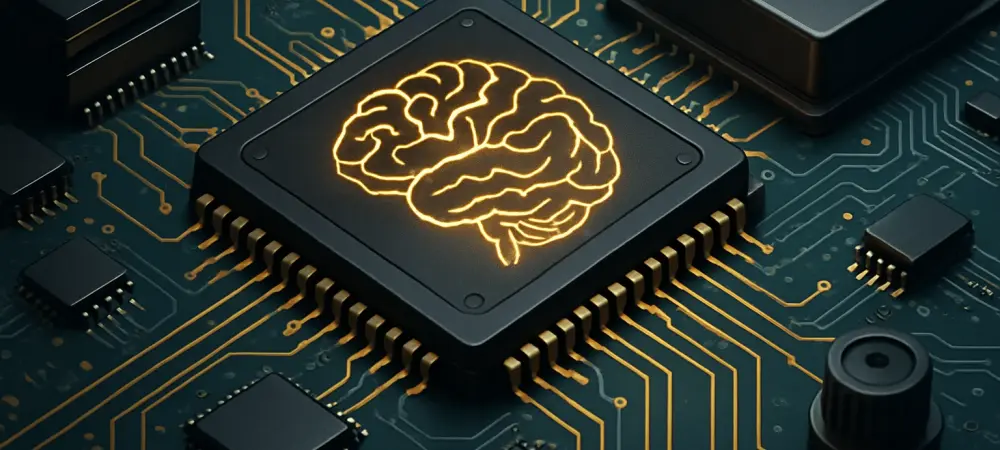I’m thrilled to sit down with Dominic Jainy, a seasoned IT professional whose deep expertise in artificial intelligence, machine learning, and blockchain has positioned him as a thought leader in cutting-edge tech. Today, we’re diving into the world of AI hardware innovation, focusing on groundbreaking approaches to inference, memory challenges, and the future of data center scalability. Dominic’s insights promise to shed light on how emerging solutions could redefine performance and accessibility in the AI landscape. Let’s explore the strategies and technologies driving this transformation.
Can you give us a broad picture of the current focus in AI hardware innovation, particularly around inference?
Absolutely, Bairon. The AI hardware space is evolving rapidly, with a growing emphasis on inference rather than just training. Inference is about deploying trained models to make real-time decisions, and it’s critical for applications like chatbots, recommendation systems, and autonomous systems. The focus is on creating hardware that’s efficient, low-power, and scalable for data centers. Unlike training, which demands massive computational resources upfront, inference needs sustained performance over countless queries. That’s why we’re seeing innovation aimed at optimizing memory and compute integration to handle these workloads effectively.
What are some of the unique architectural approaches being explored to enhance AI inference performance?
One exciting direction is the use of chiplet-based designs. By breaking down a processor into smaller, specialized modules, you can mix and match components for better efficiency. Some designs integrate high-speed memory like LPDDR5 alongside on-chip SRAM to minimize reliance on expensive, hard-to-source memory technologies. The goal is to package acceleration engines directly with memory, reducing data movement and slashing latency. It’s a practical way to boost performance while keeping costs in check, though it comes with challenges like thermal management and manufacturing complexity.
How are new memory technologies addressing the specific demands of AI inference workloads?
There’s a push toward advanced memory solutions like 3D-stacked DRAM combined with cutting-edge logic processes. This approach, sometimes referred to as 3DIMC, stacks memory directly on top of compute dies, offering dramatic improvements in bandwidth and energy efficiency—potentially up to ten times better per stack compared to traditional setups. By colocating memory and logic, you cut down on power-hungry data transfers. It’s a direct response to the growing needs of AI inference, where quick access to large datasets is everything, and it’s being positioned as a competitor to next-gen high-bandwidth memory solutions.
What’s being done to tackle the persistent memory wall problem in AI systems?
The memory wall—where compute speeds outpace memory access—remains a huge bottleneck. The focus is on reducing the physical and logical distance between compute units and memory. By integrating them more tightly, whether through stacking or co-packaging, you minimize latency and power consumption. This addresses specific issues like slow data transfers between off-chip memory and processors, which can cripple performance in inference tasks. It’s about redesigning the system architecture to keep data flowing smoothly without wasting energy or time.
Can you dive into the concept of stacking multiple memory dies over logic silicon and its potential impact?
Stacking memory dies on top of logic silicon is a game-changer. It maximizes bandwidth and capacity by layering DRAM vertically, directly above the compute layer. This setup can potentially deliver performance gains by an order of magnitude because data doesn’t have to travel far. However, there are trade-offs—stacking increases manufacturing complexity and heat dissipation challenges. If done right, though, it could transform how we handle massive inference workloads by making systems faster and more energy-efficient.
With the high cost and limited supply of top-tier memory solutions, how can new technologies bridge the gap for smaller players?
The cost and availability of high-bandwidth memory are indeed major hurdles, especially for smaller companies or data centers that can’t compete with industry giants for premium components. New approaches aim to provide lower-cost, high-capacity alternatives by leveraging more accessible memory types and innovative integration techniques. If successful, these solutions could democratize access to high-performance inference hardware, leveling the playing field and allowing smaller entities to deploy AI at scale without breaking the bank.
Looking ahead, what are the key milestones or developments you anticipate in this space over the next few years?
We’re at the start of a long journey. The next few years will likely focus on refining these memory-compute integration technologies and proving their viability in real-world data center environments. Roadmaps include scaling up chiplet designs and stacked memory solutions, with testing phases to validate performance claims under heavy inference loads. Partnerships with foundries and system integrators will be crucial to move from prototypes to production. It’s about building trust in these alternatives through tangible results.
What sets apart the most promising innovators in this field from the rest of the competition?
The standout players are those who prioritize custom silicon integration to balance cost, power, and performance. It’s not just about slapping together existing components—it’s about designing hardware from the ground up for AI inference. This means rethinking how memory and compute interact at a fundamental level. Companies that can deliver on efficiency without sacrificing scalability, while also addressing supply chain pain points, will lead the pack. It’s a tough balance, but those who nail it will reshape the market.
What is your forecast for the future of AI inference hardware and its impact on the broader tech landscape?
I’m optimistic about where this is heading. Over the next decade, I expect AI inference hardware to become far more efficient and accessible, driven by innovations in memory integration and scalable architectures. This will fuel broader adoption of AI across industries, from healthcare to retail, by making real-time decision-making cheaper and faster. We’ll likely see data centers evolve into more specialized hubs for inference workloads, and the ripple effect could redefine how we interact with technology daily. The challenge will be ensuring these advancements are sustainable and equitable, but the potential is enormous.

